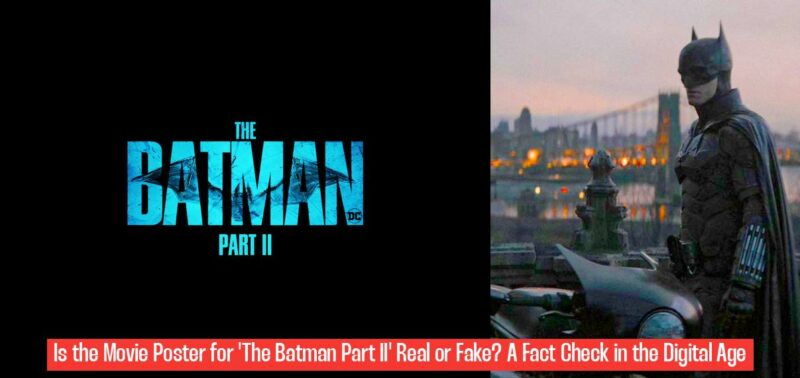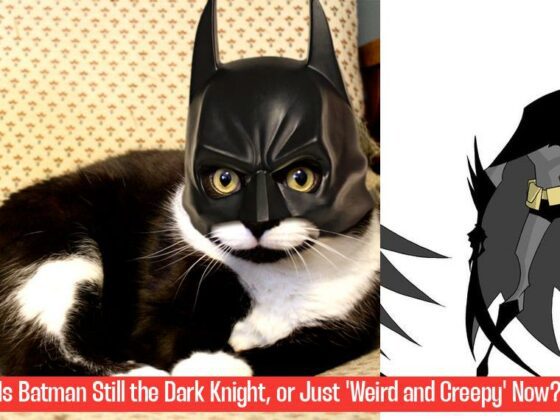Fact Check: Movie Poster for ‘The Batman Part II’ Is a Fake
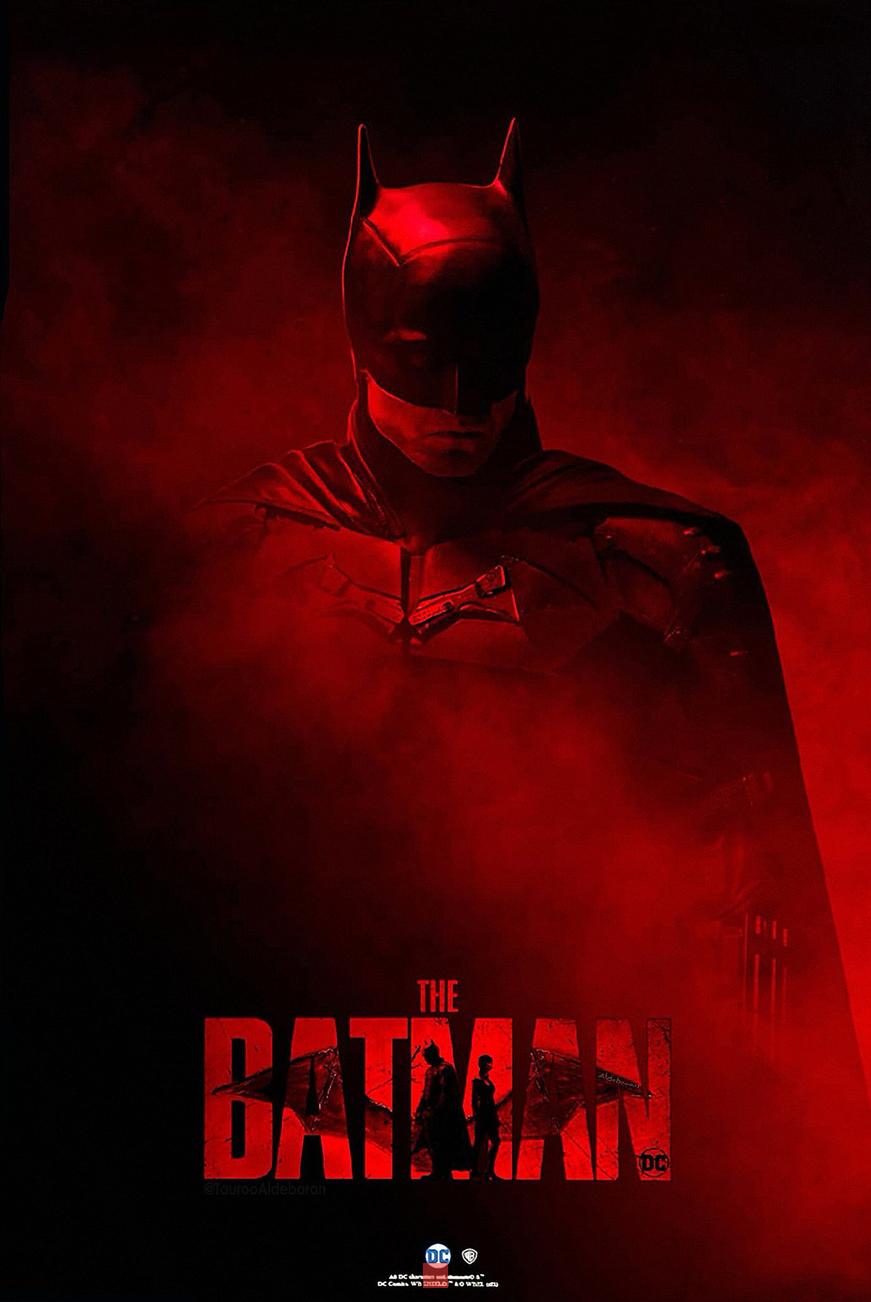
The internet is a wild place, a swirling vortex of information, misinformation, and everything in between. In this digital age, where news travels at lightning speed, it’s easy to get swept up in the tide of claims and counterclaims. One recent example that caught our attention was the widespread circulation of a supposed movie poster for “The Batman Part II.” The poster, featuring a brooding Batman against a backdrop of Gotham City, looked remarkably authentic. But was it real?
We decided to investigate. After all, the internet is full of well-intentioned fans who are eager to share their love for their favorite franchises. Yet, it’s also a breeding ground for fake news and misleading content. We dug deep into the origins of the poster and discovered that it was nothing more than a cleverly crafted hoax.
Debunked: Fake Movie Poster for The Batman Part II
The poster in question, which quickly spread across social media platforms, promised a thrilling sequel to the critically acclaimed “The Batman,” featuring Robert Pattinson once again as the Caped Crusader. The poster’s design was visually appealing, incorporating the iconic Batman logo and Gotham’s signature gothic architecture. However, a closer examination revealed several red flags that pointed to the poster’s fraudulent nature.
Firstly, the poster lacked any official source or attribution. It was shared widely, but no official website, social media account, or film studio claimed responsibility for its creation. This lack of official endorsement should have been a red flag from the start. Furthermore, the poster’s tagline, “The Dark Knight Rises Again,” felt generic and didn’t match the tone of the original film. Experienced movie fans know that official posters often use unique and captivating taglines that reflect the movie’s essence.
To further investigate, we dug deeper into the poster’s origins. It turned out that the poster was created by a user known for generating and sharing fake movie posters. This user’s history further confirmed our suspicions. The poster was a deliberate attempt to deceive fans and generate online buzz. The poster’s creators likely hoped to leverage the popularity of “The Batman” to gain attention and possibly even financial gain through various means.
Fraud Alert: The Batman Part II Poster is a Fraud
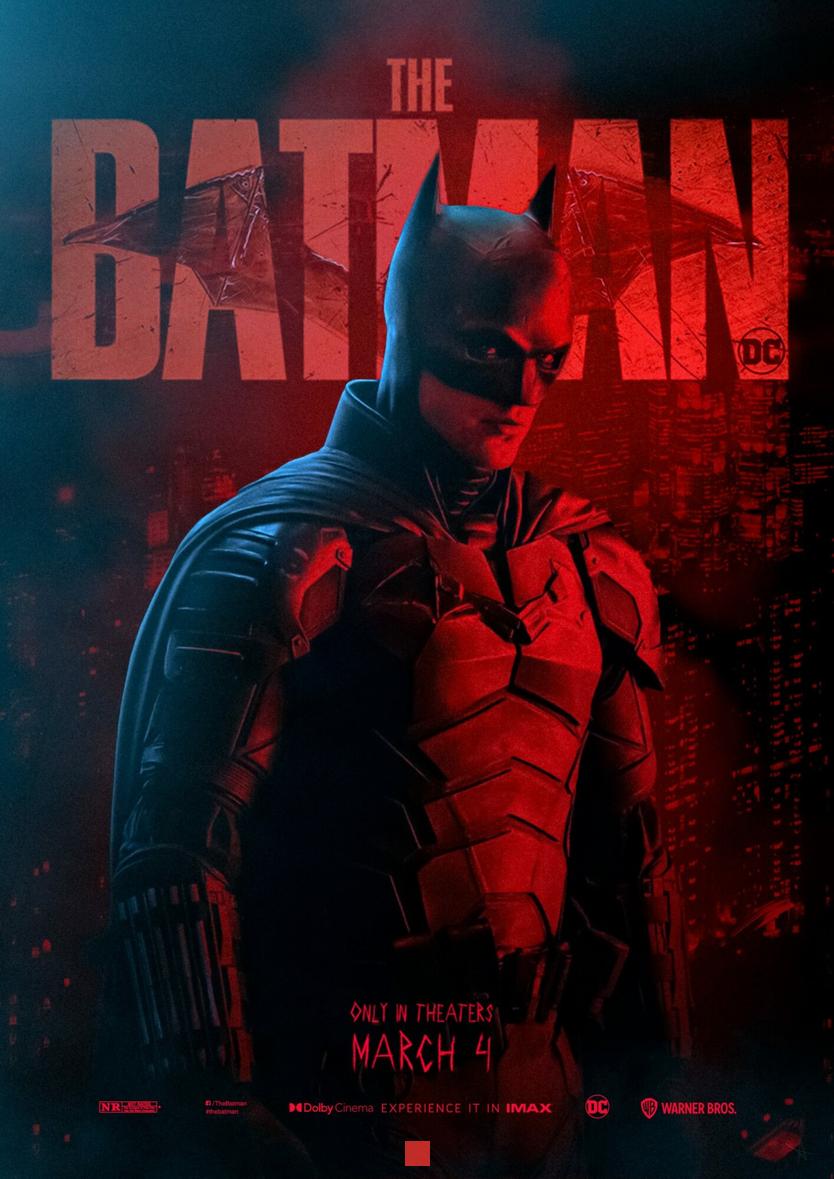
The spread of this fake poster serves as a cautionary tale for all of us who consume information online. It highlights the importance of verifying information before sharing it. Before you believe everything you see on the internet, take a moment to ask yourself:
- Who created the content?
- What is the source of the information?
- What evidence supports the claim?
- Are there any alternative perspectives on the issue?
In the age of social media, where information is shared and amplified at an unprecedented rate, it’s crucial to be discerning consumers of content. Don’t fall prey to fake news or misleading information. Always verify information from multiple sources before accepting anything as truth.
Hoax Alert: The Batman Part II Movie Poster is Fake
While the fake poster may have fooled some fans, it didn’t fool everyone. Several news outlets and fan sites quickly debunked the poster as a hoax. The official website of Warner Bros., the studio behind “The Batman,” did not acknowledge the existence of the poster. Furthermore, the film’s director, Matt Reeves, and the cast members have not released any official statements regarding the poster. This silence further confirmed the poster’s authenticity as fake.
The spread of this fake poster serves as a reminder that not everything we see online should be taken at face value. While the internet can be a treasure trove of information and entertainment, it’s also important to be aware of the potential for fakery and misinformation. By practicing critical thinking and verifying information, we can navigate the digital world with greater confidence and avoid falling victim to hoaxes and false narratives.
The Importance of Fact-Checking in the Digital Age
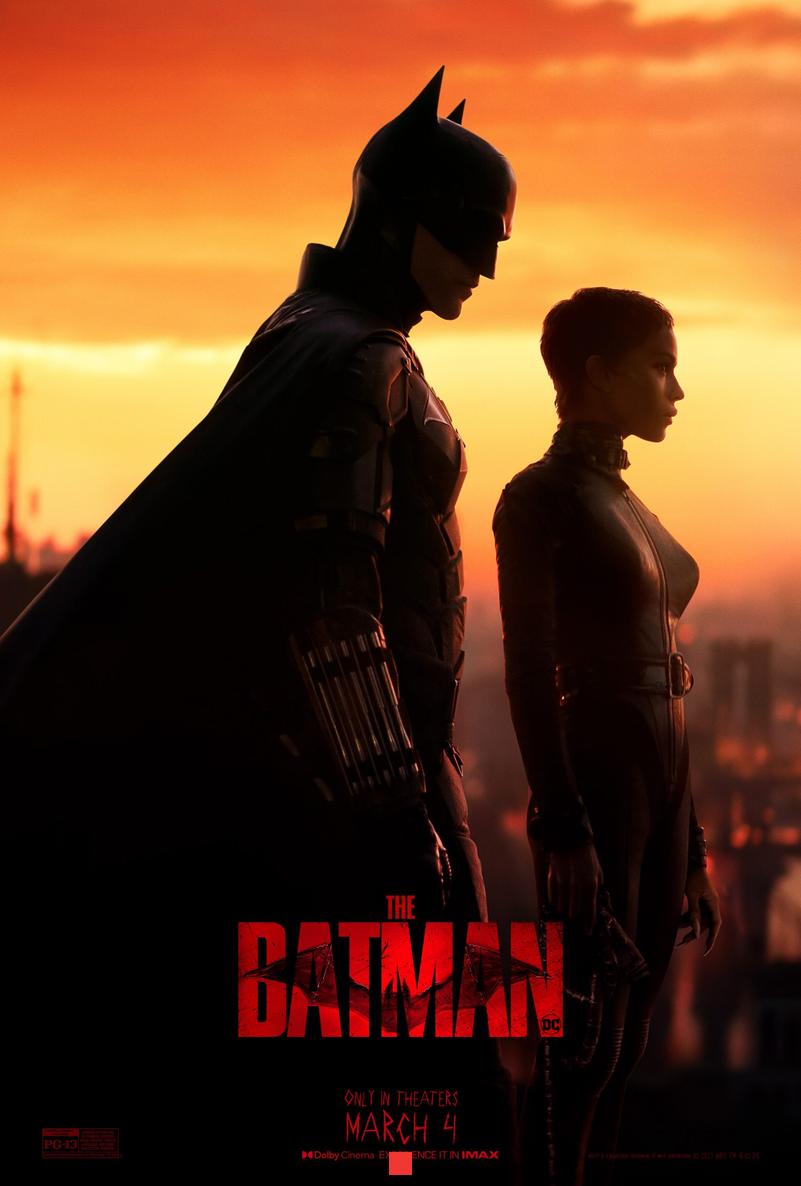
The spread of misinformation has become a serious issue in the digital age. Fake news, hoaxes, and misleading content can easily spread like wildfire, especially on social media. This has created a climate of distrust and skepticism, making it even harder to discern truth from fiction.
Fact-checking is essential in this environment. It’s not only about protecting ourselves from being misled, but also about contributing to a healthier and more informed online community. By taking the time to verify information, we can challenge the spread of misinformation and help ensure that our online interactions are based on facts rather than fabrications.
Tips for Fact-Checking Online
Fact-checking might seem like a daunting task, but it doesn’t have to be. Here are a few tips to help you distinguish between reliable information and fake news:
- Check the source: Look for reputable news sources, established websites, and official accounts. Be wary of websites with suspicious domain names, unclear contact information, or biased content.
- Look for evidence: Does the information have supporting evidence, such as data, research, or expert opinions? Are the claims backed up by reliable sources?
- Consider the author: Who is the author of the content? Are they a recognized expert in the field, or do they have any biases that might influence their perspective?
- Read beyond the headline: Headlines can be catchy but misleading. Read the entire article or post to get the full context of the information.
- Cross-reference: Check multiple sources to see if the information is consistent. If you find conflicting information, investigate further to determine the most reliable source.
- Be wary of emotional language: Fake news often uses emotional language to manipulate readers’ feelings and influence their opinions. Be skeptical of content that uses inflammatory or sensational language.
- Look for fact-checking websites: Several websites, such as Snopes, PolitiFact, and FactCheck.org, specialize in fact-checking news stories and social media content.
By following these tips, we can become more discerning consumers of online information and contribute to a more informed and trustworthy online environment.
The Future of Fact-Checking
The battle against misinformation is ongoing, and it’s likely to become even more complex in the years ahead. The rise of artificial intelligence and machine learning is further blurring the lines between real and fake content.
However, there is hope. New technologies are also being developed to detect and combat fake news. Fact-checking algorithms are becoming more sophisticated, and platforms are implementing new tools to identify and flag misleading content.
The future of fact-checking depends on the collective effort of individuals, organizations, and technology. By staying vigilant, practicing critical thinking, and using reliable fact-checking resources, we can help create a more informed and trustworthy online world.
Is the movie poster for ‘The Batman Part II’ authentic?
No, the movie poster for ‘The Batman Part II’ is fake. It was a cleverly crafted hoax that circulated widely on social media platforms.
What were some red flags that indicated the poster was fraudulent?
The poster lacked any official source or attribution, and it had a generic tagline that did not match the tone of the original film. These inconsistencies pointed to its fraudulent nature.
Who was responsible for creating the fake movie poster?
The fake movie poster was created by a user known for generating and sharing fake movie posters. This user’s history confirmed that the poster was a deliberate attempt to deceive fans and create online buzz.
How can fans differentiate between authentic and fake movie posters?
Fans should look for official sources or attributions on posters, unique and captivating taglines that reflect the movie’s essence, and be cautious of posters shared by unverified sources to distinguish between authentic and fake movie posters.
